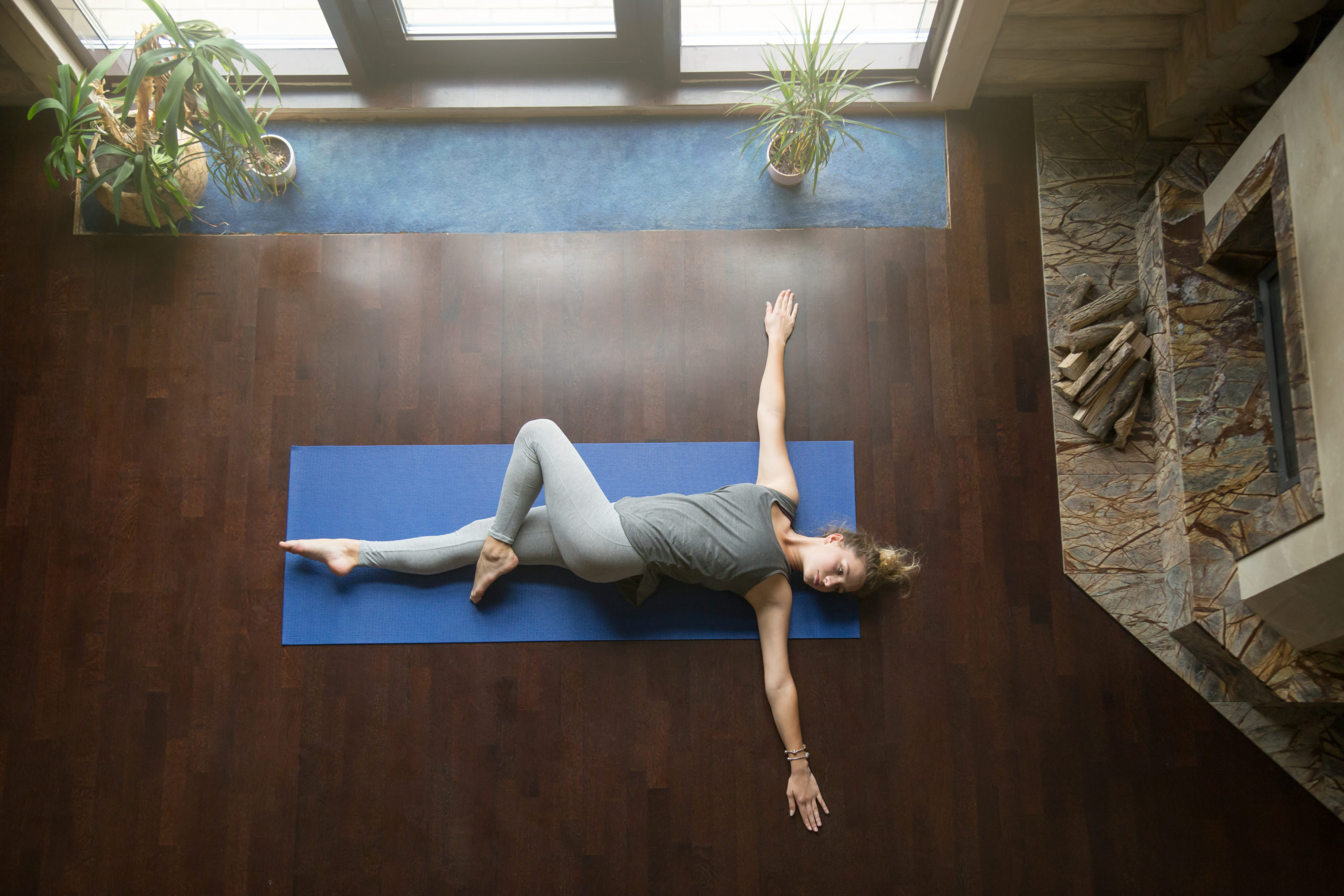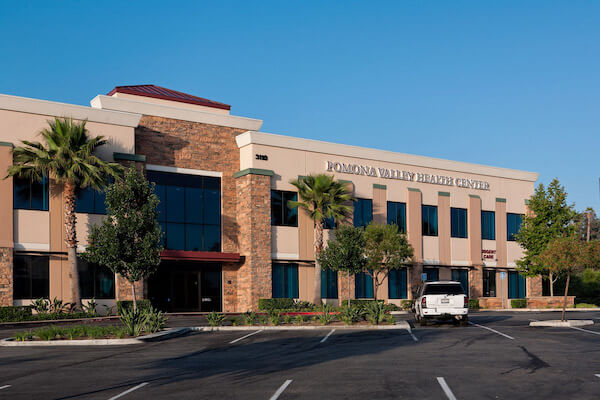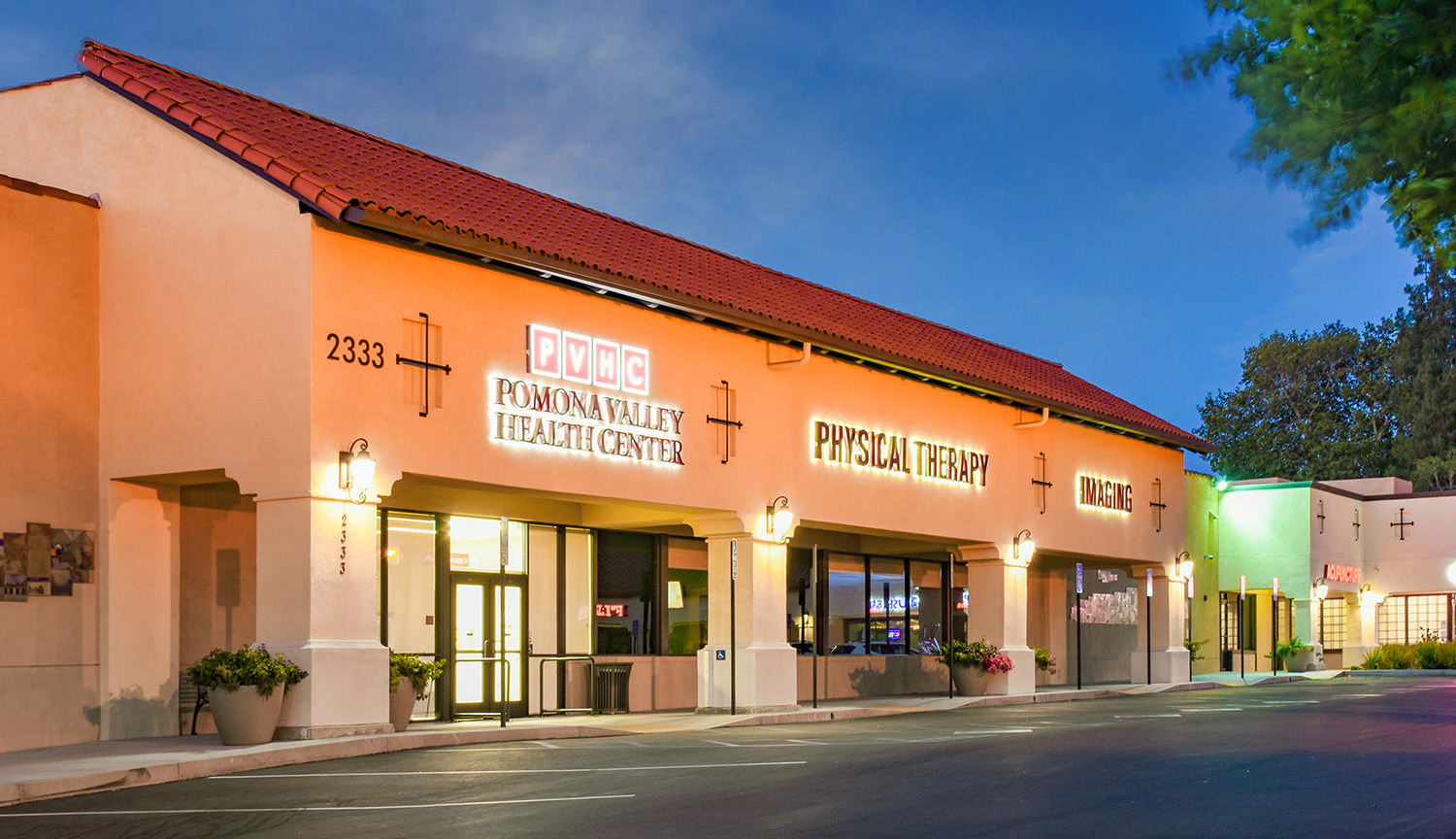
As you sleep, your muscles relax, blood flow decreases, and your heart rate slows. Sleeping in a bad position for hours can reduce blood flow even further and lead to tight muscles in the morning. Morning stretches can help loosen and realign muscles, relieve any tension or pain from sleeping, increase blood flow and prepare your body for the day. Stretching in the morning also provides these benefits:
- Improved posture
Tight chest, back (both upper and lower) and hip muscles can cause poor posture. Most people spend at least a portion of their day with rounded shoulders and a forward-leaning head as they work on a computer or look at a phone or tablet. Morning stretches that target the pectoralis, upper trapezius and hamstring muscles can help improve your overall posture.
- Improved range of motion
Stretching can help improve your range of motion and help prevent loss of range of motion. As we age, our joints naturally lose mobility, but regular stretching of the affected joints can help improve flexibility.
- Decreased back pain
Back pain and poor posture are closely related. If we have poor posture in the upper back, the lower back overcompensates, which can lead to lower back pain. Stretching the chest, back (upper and lower), hip and leg muscles will likely help alleviate symptoms of back pain.
- Decrease muscle soreness
Whether you have muscle soreness in the morning from repetitive motions or exercising the day before, you may notice that it’s worse when you wake up. By stretching tight muscles first thing in the morning, you increase blood flow to the area that can help alleviate much of the pain and soreness.
- Prevent injury
Stretching before you start your day helps prevent injury. Stretching increases blood flow and oxygen throughout your body, which helps increase flexibility and range of motion.
The best stretches to do in the morning
- Cobra stretch
You can begin stretching before you get out of bed in the morning with this easy stretch. Lie on your stomach and place your hands flat on the bed directly beneath the shoulders. Tuck your elbows into your sides and gently raise your head and chest, keeping your hips and groin on the bed. Hold for 15-20 seconds, lower and repeat as needed.
- Knees to chest
Lie flat on your back and bring one knee in toward your chest and hold it in position with your arms or hands. This will stretch out your lower back. Hold for 15-20 seconds, lower and repeat on the opposite leg. You can also do this stretch by bringing both knees to your chest at the same time.
- Spinal twist
Lie flat on your back, raise one of your knees and gently roll it over to the opposite side of your body. Keeping both shoulders on the bed or floor, you can also stretch one arm directly out to the side and slowly turn your head in the same direction as the outstretched arm if it feels comfortable. Hold for 15-20 seconds, breathe deeply, and repeat on the opposite side.
- Upper back stretch
Sit on the edge of your bed and place your feet flat on the floor. Next, interlock your fingers and reach forward at shoulder level, bending from the middle of your back. You should feel the stretch between the shoulder blades.
- Quad and hamstring stretch
Stand up straight with your feet hip-width apart, reach back and take your left foot with your left hand. While keeping your thigh parallel to the floor, feel the stretch in your left thigh and hips. Hold for 15-20 seconds and repeat with your right leg. Return to standing position and gently bend one knee as if you’re going into a sitting position. Place the opposite leg out and point your toes toward the ceiling. Bend slightly forward from the hips and feel the stretch along the back of your outstretched leg. Hold for 15-20 seconds and repeat on the other leg.
Always stretch safely
It’s important to listen to your body and stretch only as far as you feel comfortable. Don’t be discouraged if you aren’t very flexible at first; your body should become more flexible with regular stretching. If you experience any sharp or shooting pain while stretching, ease off the stretch completely.
Follow these simple morning stretches to avoid common workplace injuries. If you or someone you work with does become injured on the job, the experienced Premier Family Medicine physicians at Pomona Valley Health Centers offer specialized treatment and disability management for injured workers through our occupational medicine program at our Claremont, La Verne and Chino Hills Crossroads locations. Call 909-378-9143 to schedule an appointment.





